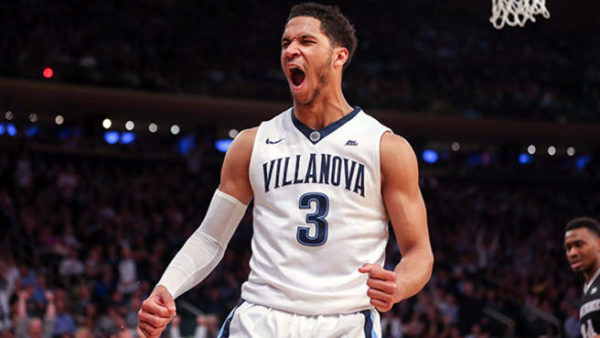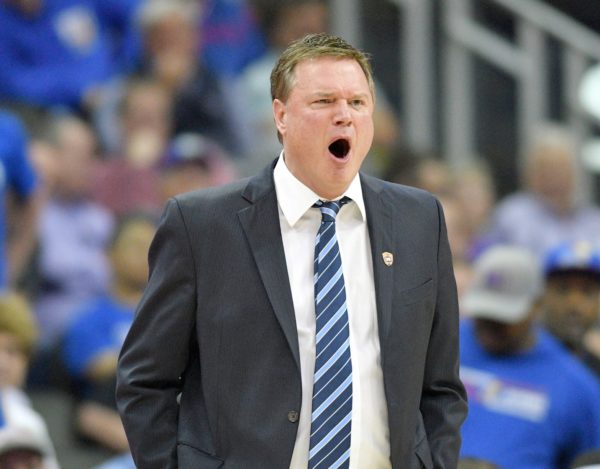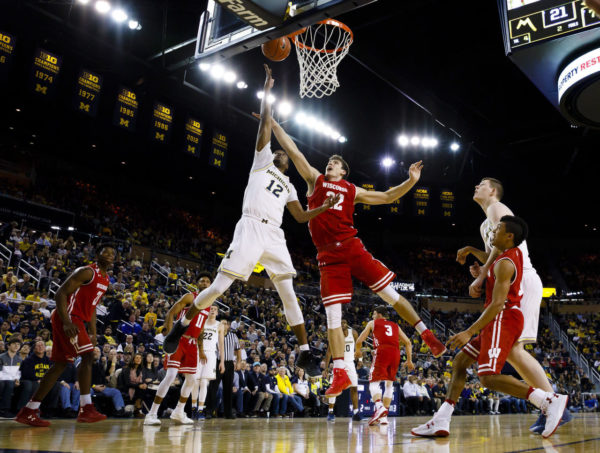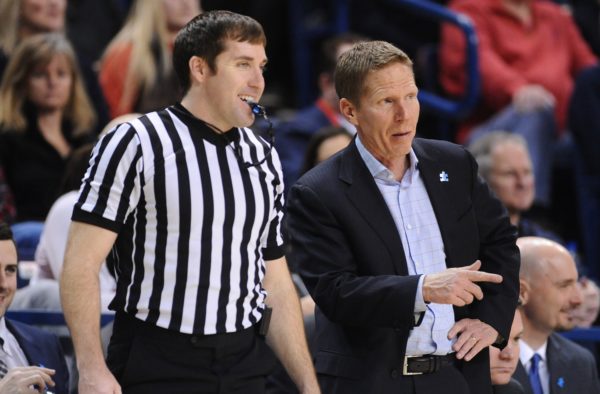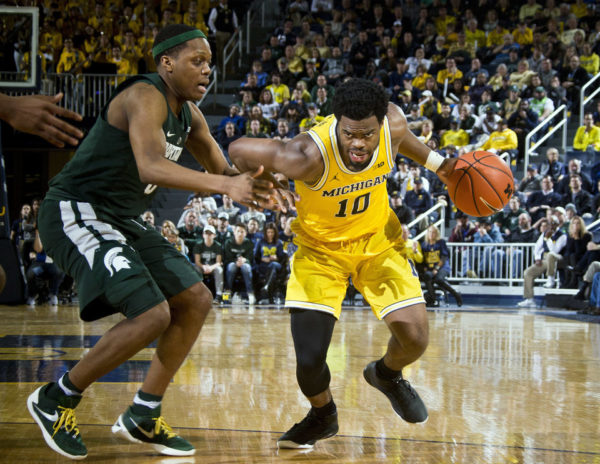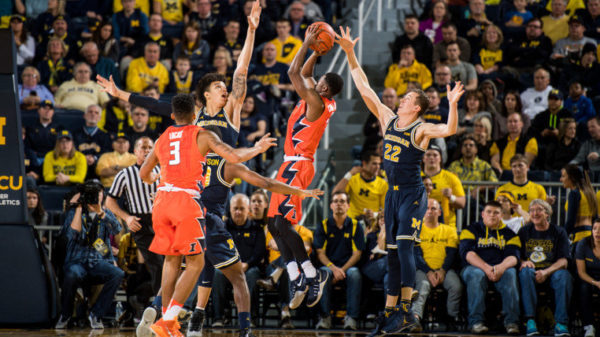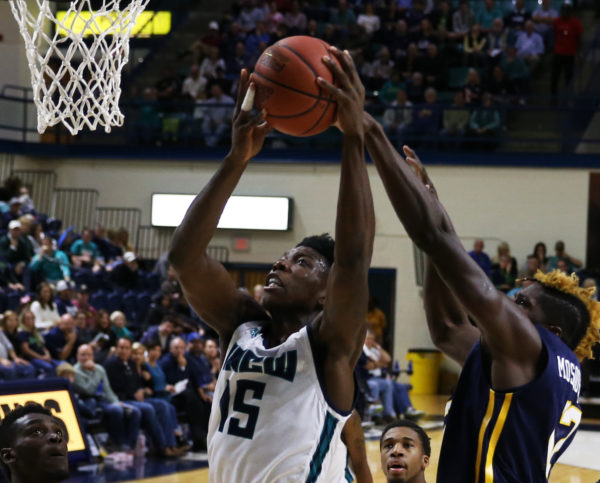Rushed Reactions: #8 Wisconsin 84, #9 Virginia Tech 74
Posted by Tommy Lemoine on March 16th, 2017Wisconsin came out on top tonight in an entertaining, back-and-forth affair that saw the two teams combine for 20 made three-pointers.
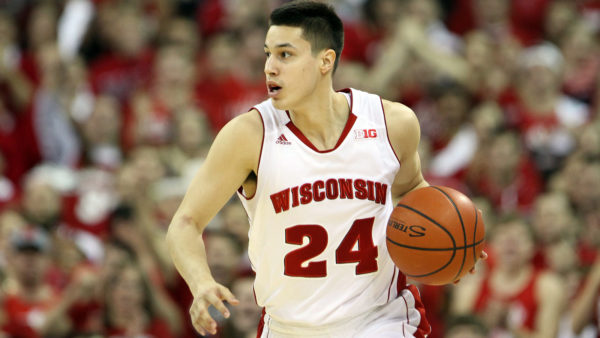
Bronson Koenig had a huge night in Buffalo. (Photo: The Sports Post)
- Bronson Koenig was awesome. Hampered by a lingering leg injury for much of February, Koenig seemed to be trending toward full health late in the season. His performance on Thursday night put any remaining doubts to rest — the senior point guard is back. Koenig scored 28 points on 8-of-17 shooting from behind the arc, including a 5-of-6 stretch from three-point range during the second half that enabled Wisconsin to maintain its slight advantage. Perhaps the most pivotal moment of the night came near the eight-minute mark, when he knocked down a gutsy triple from several feet behind the arc, then stole the ball on the other end before drawing a foul. On a night where star forward Ethan Happ scored just 10 points, Koenig’s effort was essential. Whether he plays at a high level again on Saturday may determine if the Badgers will return to the Sweet Sixteen.
- Wisconsin is living and thriving from behind the arc. For the second time in three games, Wisconsin attempted more three-pointers (31) than two-pointers (30). The staggering ratio worked against Northwestern in the Big Ten semifinals — Wisconsin hit 12 threes in that one — and carried the Badgers again on Thursday night (13-for-31 3FG). With players like Happ (13.9 PPG) and Nigel Hayes (13.5 PPG) manning the interior, it’s not like Wisconsin can’t score inside effectively. For an offense that’s struggled to find its groove at times this year, though, perhaps the best tonic is simply the freedom to hoist from long range.
- Virginia Tech basketball is (and will remain) exciting under Buzz Williams. In just three short years, Buzz Williams has transformed a Virginia Tech offense that ranked dead last in the ACC in 2014 to one of the nation’s best this season. And it showed on Thursday night. The Hokies — a great three-point shooting team — carved up Wisconsin’s interior defense like butter in the second half, as Zach LeDay (23 points) found himself more than a couple powerful dunks to ignite the Virginia Tech faithful. Whether it was half-court sets or unselfish plays in transition, Williams has clearly done a masterful job on that end of the court. Despite the departures of Seth Allen (13.4 PPG) and LeDay (16.3 PPG), it’s hard to imagine the Hokies falling too far down the ACC standings in 2017-18.
Star of the Game. Bronson Koenig, Wisconsin (21 points, 8-of-17 3FG). Everything was falling for Koenig in the second half, including a spot-up corner three that hit front rim, bounced off the backboard, and fell through the net. His steady hand and timely shooting helped Wisconsin remain ahead despite several momentous scoring bursts for Virginia Tech down the stretch. In order for Wisconsin to advance past Saturday, the senior needs to continue playing at a very high level.





























